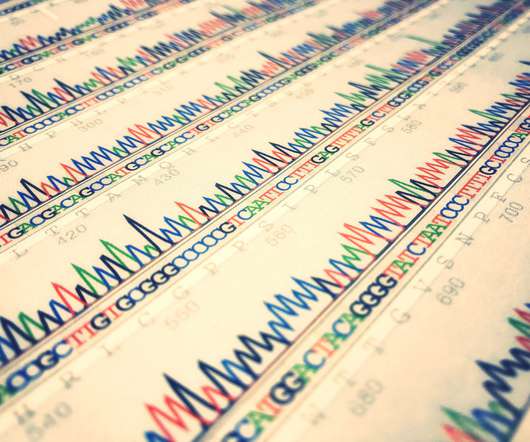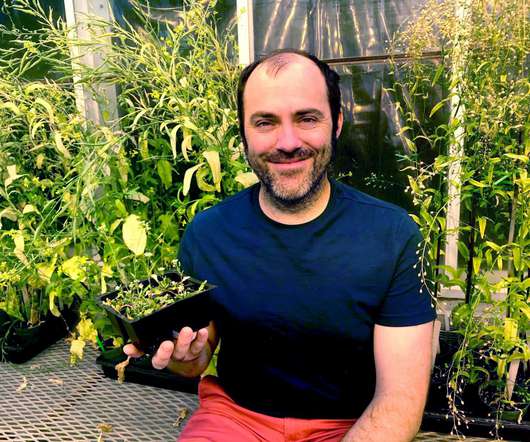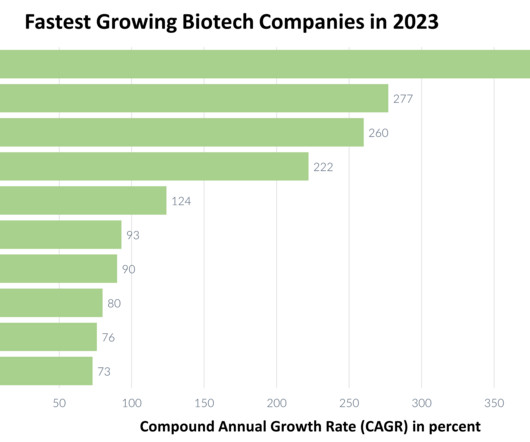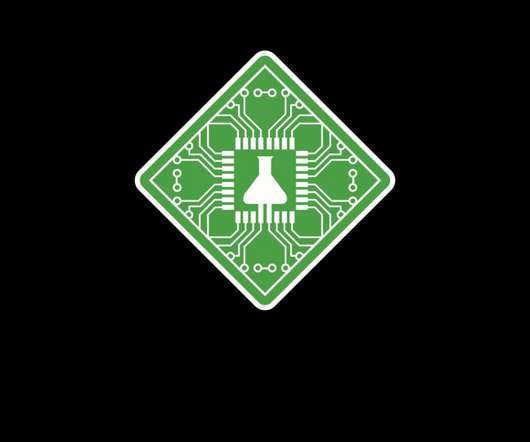Bioinformatics Jobs: How to Succeed in This Competitive Space
XTalks
APRIL 5, 2021
Bioinformatics jobs are commonly found in the fields of computer information science, pharmaceuticals, biotechnology, medical technology, computational biology, proteomics and medical informatics. The Human Genome Project could not have succeeded without the use of bioinformatics. Wondering which bioinformatics job is right for you?






















Let's personalize your content